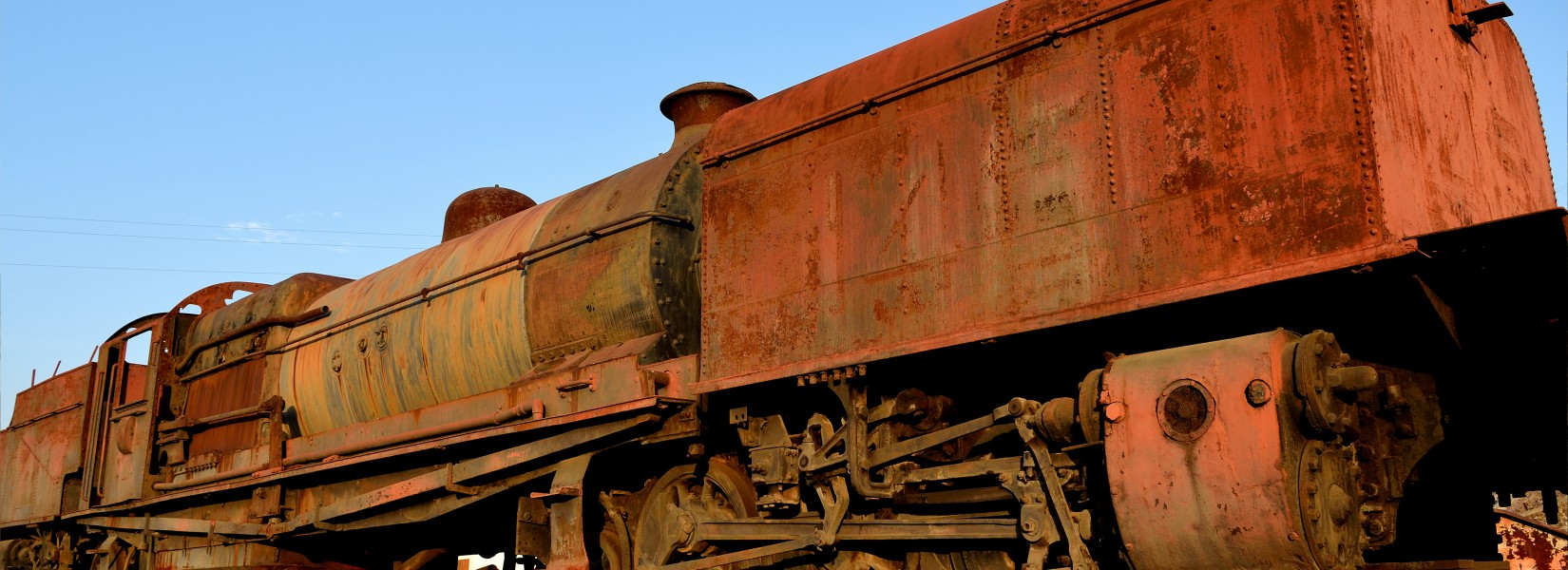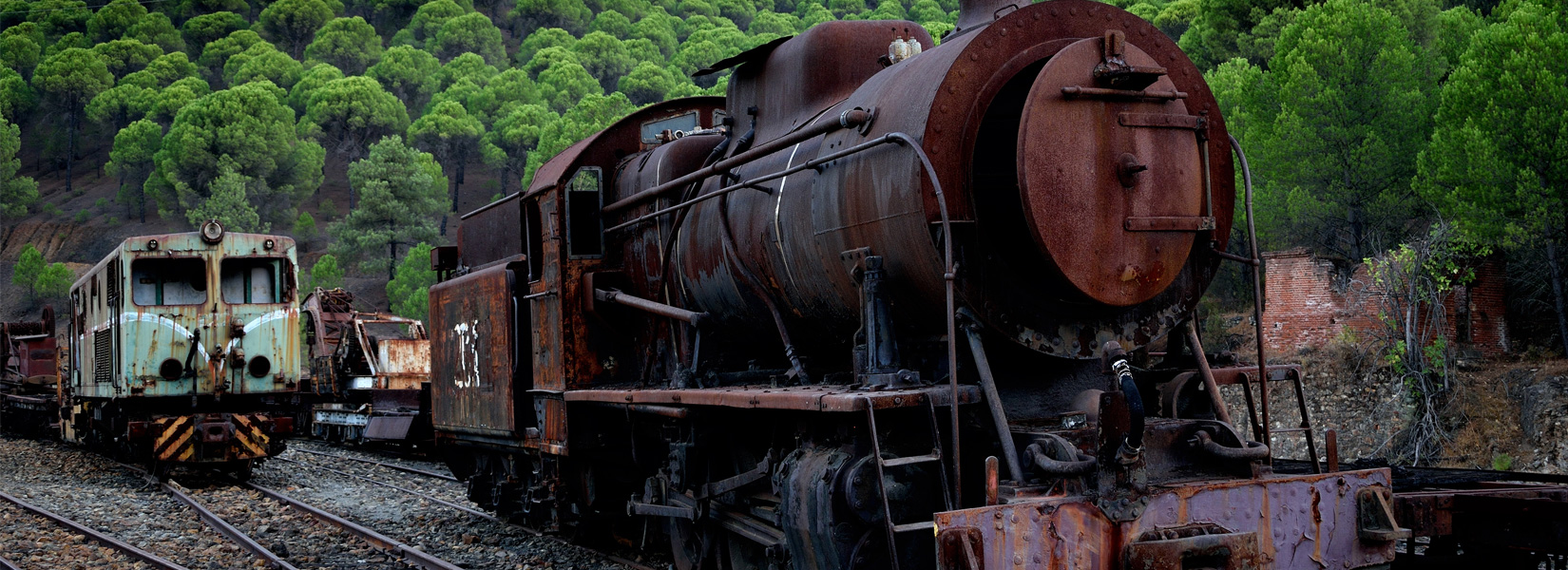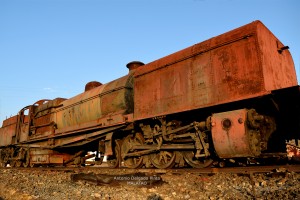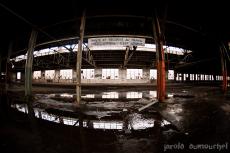The place is big, very big. While the building is nearly 200,000 square feet, the site, meanwhile, is over than 430,000 square feet in an agricultural area of Saint-Jean-sur-Richelieu. For those interested, the site is for sale and the current...
The old Minas de Riotinto locomotives
Martian landscape in the heart of Spain
We are talking about over 5000 years of mining history in this area. The landscape has been changed forever, and it looks at some places like a alien planet where red, yellow, purple mingle with green, gray and ocher.
The ten abandoned trains account that the site today are only a small part of this industrial landscape that has been suddenly stopped in 1974. At its peak, there was more than 150 trains who were traversing the long and winding road which stretched over 84 km. Each train had between 20 and 50 cars full of pyrite.
The mine located in the town of Minas de Riotinto, as we know it today, began operating in 1875 and stopped almost 100 years later. Today, if the plant is closed, a museum exists on the site.
Related content
Destroyed in 2004, the Terken brewery was a huge industrial complex of more than four hectares. Located in the Union area in Roubaix, near Lille, the factory was, at one time, a symbol of "close symbiosis" between the company and its community...
The Madeleine islands are an eleven islands archipelago in the middle of the Gulf of St. Lawrence. While most are interconnected by bridges or dams, some are isolated and far away from the main land.
The islands are known for their...
Victim of the globalization of markets, the history of Stelfil Ltd. has suddenly stopped on March 28, 2008 for the factory and its hundred employees. The company has been decorated in 2002 in the Great manufacturing company category by the...























